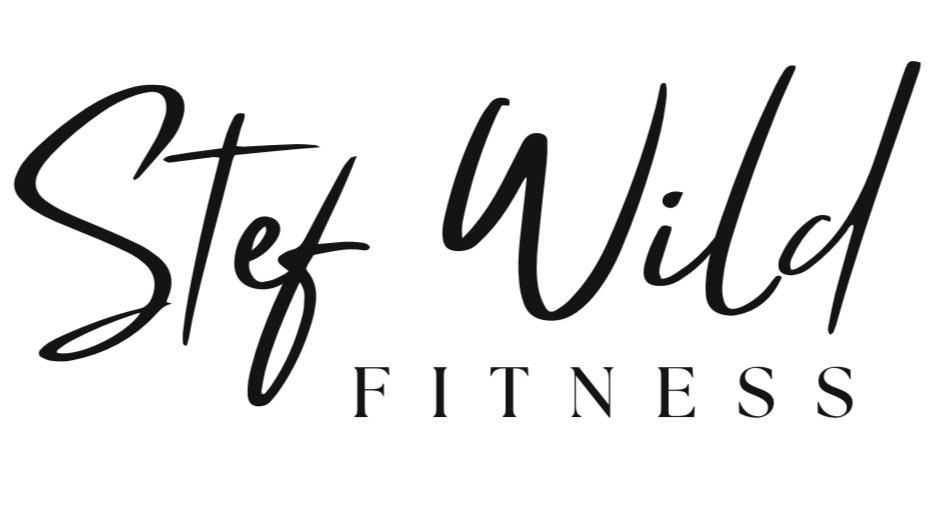The Importance of Recovery for Your Fitness Journey
When we think about fitness, the focus often lies on workouts, pushing limits, and achieving results. But, one of the most overlooked aspects of a successful fitness regimen is recovery. Without adequate recovery, our muscles can't repair and strengthen, and we risk non-functional overreaching—where progress stalls due to insufficient recovery time.
In this post, we’ll explore key insights about recovery, its importance, and strategies to enhance your recovery process to maximize results and stay injury-free.
Why Recovery Matters
When you train, you're not just building muscle; you’re actually breaking it down. This process of creating micro-tears in the muscle fibers is what ultimately leads to growth as the body repairs and strengthens itself. However, recovery is crucial for this adaptation process. Without proper recovery, your body may not fully repair itself, leading to fatigue, soreness, and eventually, burnout or injury.
Functional Overreaching is what we aim for when pushing our bodies. This is the sweet spot where slight overloading leads to better performance once recovery is complete. On the other hand, Non-Functional Overreaching happens when recovery is insufficient, and instead of improving, you’re left feeling fatigued and underperforming.
How Long Does Recovery Take?
The time it takes for your body to recover can range from minutes to days, depending on the type of training and how intensely you've pushed yourself. A well-planned training program incorporates both short-term recovery (between sets) and long-term recovery (between workout sessions or training cycles).
For instance, after a heavy weightlifting session, like squats or deadlifts, your performance may be impaired for up to 48 hours or more, depending on how hard you pushed. During this time, your body is working on repairing the muscle tissue, adapting to handle more weight the next time around.
Practical Tips for Enhancing Recovery
Foam Rolling & Massage: Foam rolling and self-massage techniques help by increasing blood flow, moving waste products out of the muscles, and improving flexibility. These methods target the fascia—the connective tissue surrounding your muscles—which can become tight and impede recovery. Regular foam rolling not only eases soreness but helps maintain mobility.
Hydration & Nutrition: What you consume post-workout is crucial for recovery. Ensure you’re rehydrating and fueling your muscles with the proper nutrients, including protein for muscle repair and carbohydrates to replenish glycogen stores.
Sleep: Sleep is where most muscle repair and growth happens. Aim for at least 7-9 hours of quality sleep each night to give your body time to reset and repair.
Cold Water Immersion (with caution): While cold plunges or ice baths can reduce soreness, be cautious. For some, especially women, they can spike cortisol levels and blunt muscle adaptations. If cold exposure helps with your soreness and allows you to train consistently, use it, but save it for rest days or lighter sessions.
Active Recovery: On days when you’re feeling sore, light activity such as walking, yoga, or low-intensity Pilates can help alleviate muscle stiffness. Movement promotes blood flow, helping to remove lactic acid and other waste products while bringing fresh nutrients to the muscles.
Compression Clothing: Compression gear can also aid recovery by reducing inflammation and improving circulation, similar to how a compression bandage helps with a sprained ankle.
Breathwork: Slow-paced breathing exercises and meditation, such as box breathing, can stimulate recovery by calming the nervous system. Relaxing both your mind and body post-workout with slow breathing techniques promotes muscle repair and faster recovery.
Listen to Your Body
Recovery isn't just physical—it's mental too. If you're constantly sore, fatigued, or unmotivated, it could be a sign that you're overreaching and need a proper rest period. Consider scheduling deload weeks where you either take a full week off or significantly reduce the intensity of your workouts to allow your body to fully adapt and repair.
Final Thoughts
Effective recovery is not a luxury; it's a necessity for optimal fitness and long-term health. By incorporating these recovery strategies into your routine, you'll not only see faster progress but also enjoy the process with fewer injuries and setbacks. So, the next time you're sore after a workout, remember: recovery is just as important as the training itself.
Stay active, stay balanced, and remember that taking care of your body today leads to stronger performances tomorrow.

